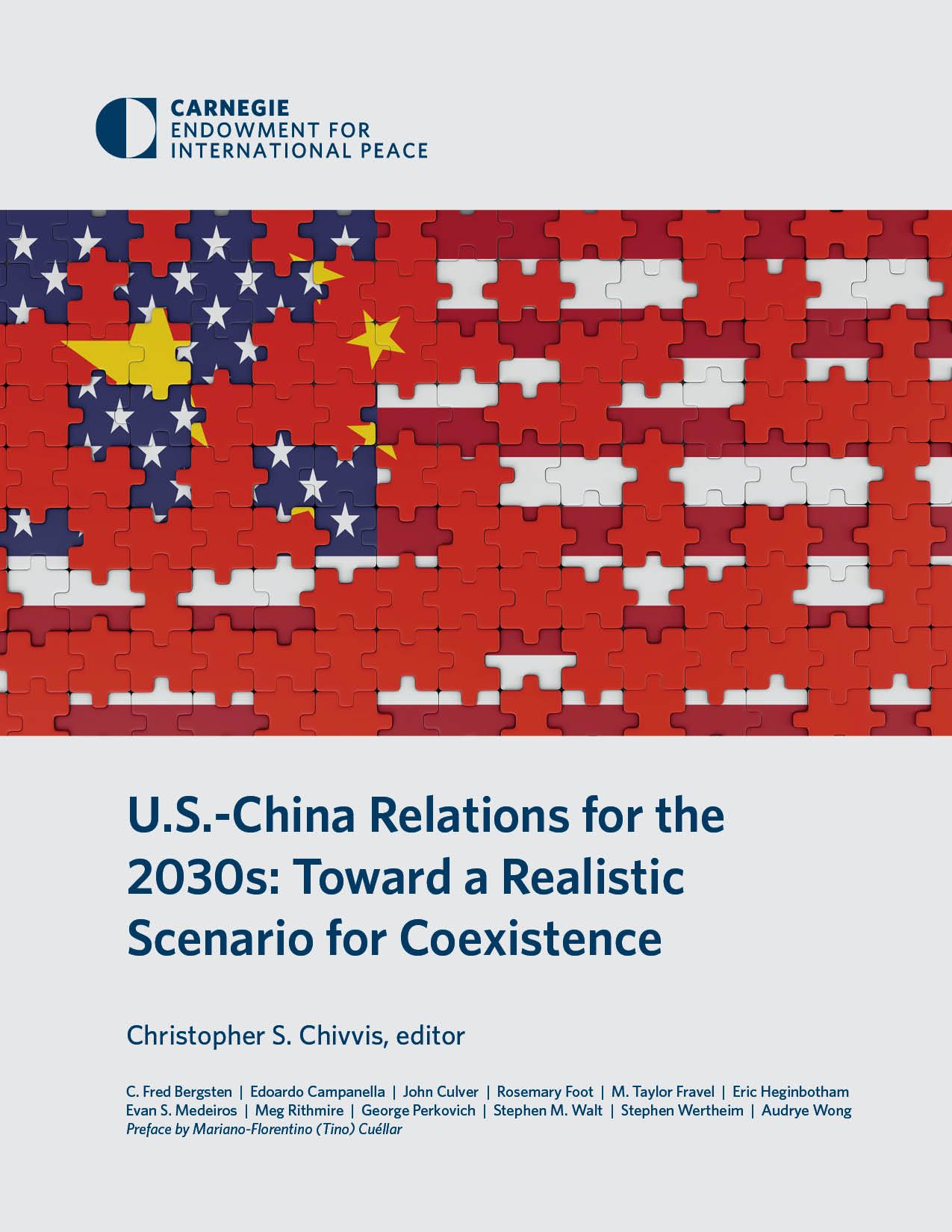
Report on US Political Instability and Its Impact on Global Migration Trends
Introduction
This report examines the recent surge in applications to New Zealand’s revamped ‘Golden Visa’ program, highlighting the influence of political instability in the United States on global migration patterns. The analysis emphasizes the alignment of these developments with the United Nations Sustainable Development Goals (SDGs), particularly those related to peace, justice, strong institutions, and reduced inequalities.
Context and Background
Amid increasing political instability in the US, there has been a notable rise in wealthy individuals seeking alternative residency options. New Zealand’s ‘Golden Visa’ program has become a preferred destination for applicants from the US, China, and Hong Kong. This trend reflects broader global uncertainties and the search for stable, secure environments.
Key Developments
- Surge in Visa Applications: The revamped New Zealand ‘Golden Visa’ program has experienced a significant increase in applicants, particularly from:
- Wealthy Americans
- Chinese nationals
- Residents of Hong Kong
- Motivations: The primary driver for this migration is the desire to escape political instability and seek refuge in a prosperous, secure country.
Alignment with Sustainable Development Goals (SDGs)
The developments surrounding New Zealand’s visa program and the migration trends influenced by US political instability relate to several SDGs:
- SDG 16: Peace, Justice, and Strong Institutions – The political instability in the US underscores the importance of stable governance and institutions, which are crucial for sustainable development and social cohesion.
- SDG 10: Reduced Inequalities – The movement of wealthy individuals seeking better opportunities highlights global inequalities and the need for policies that promote equitable access to resources and opportunities.
- SDG 8: Decent Work and Economic Growth – New Zealand’s ability to attract skilled and wealthy migrants contributes to economic growth and diversification, supporting sustainable economic development.
- SDG 17: Partnerships for the Goals – International cooperation and migration policies play a vital role in managing global mobility and ensuring that migration contributes positively to development goals.
Conclusion
The increased interest in New Zealand’s ‘Golden Visa’ program amid US political instability illustrates the interconnectedness of global political dynamics and migration. Addressing these challenges requires a commitment to the Sustainable Development Goals, fostering peace, reducing inequalities, and promoting inclusive economic growth. Policymakers and stakeholders must collaborate to ensure that migration contributes to sustainable development and global stability.
1. Sustainable Development Goals (SDGs) Addressed or Connected
- SDG 16: Peace, Justice and Strong Institutions
- The article highlights political instability in the US, which directly relates to the goal of promoting peaceful and inclusive societies, providing access to justice, and building effective, accountable institutions.
- SDG 10: Reduced Inequalities
- The movement of wealthy individuals seeking visas due to instability implies issues related to inequality and migration, which connect to reducing inequalities within and among countries.
- SDG 8: Decent Work and Economic Growth
- The article indirectly touches on economic stability and growth by mentioning the attraction of wealthy individuals to New Zealand’s Golden Visa program, implying economic migration due to instability.
- SDG 11: Sustainable Cities and Communities
- By offering a stable and secure environment through visa programs, the article relates to building inclusive, safe, resilient, and sustainable cities and communities.
2. Specific Targets Under Those SDGs Identified
- SDG 16 Targets
- 16.6: Develop effective, accountable and transparent institutions at all levels.
- 16.7: Ensure responsive, inclusive, participatory and representative decision-making at all levels.
- 16.10: Ensure public access to information and protect fundamental freedoms.
- SDG 10 Targets
- 10.7: Facilitate orderly, safe, regular and responsible migration and mobility of people.
- SDG 8 Targets
- 8.5: Achieve full and productive employment and decent work for all women and men.
- 8.8: Protect labour rights and promote safe and secure working environments for all workers.
- SDG 11 Targets
- 11.1: Ensure access for all to adequate, safe and affordable housing and basic services.
- 11.4: Strengthen efforts to protect and safeguard the world’s cultural and natural heritage.
3. Indicators Mentioned or Implied in the Article
- Indicators Related to SDG 16
- 16.6.2: Proportion of population satisfied with their last experience of public services (implied by political stability and institutional effectiveness).
- 16.10.1: Number of verified cases of killing, kidnapping, enforced disappearance, arbitrary detention and torture of journalists, associated media personnel, trade unionists and human rights advocates (implied by political instability).
- Indicators Related to SDG 10
- 10.7.1: Recruitment cost borne by employee as a proportion of yearly income earned in the country of destination (implied by migration trends).
- 10.7.2: Number of refugees and displaced persons per 1,000 population (implied by movement due to instability).
- Indicators Related to SDG 8
- 8.5.2: Unemployment rate, by sex, age and persons with disabilities (implied by economic migration).
- Indicators Related to SDG 11
- 11.1.1: Proportion of urban population living in slums, informal settlements or inadequate housing (implied by search for stable living conditions).
4. Table of SDGs, Targets, and Indicators
| SDGs | Targets | Indicators |
|---|---|---|
| SDG 16: Peace, Justice and Strong Institutions |
|
|
| SDG 10: Reduced Inequalities |
|
|
| SDG 8: Decent Work and Economic Growth |
|
|
| SDG 11: Sustainable Cities and Communities |
|
|
Source: travelandtourworld.com






